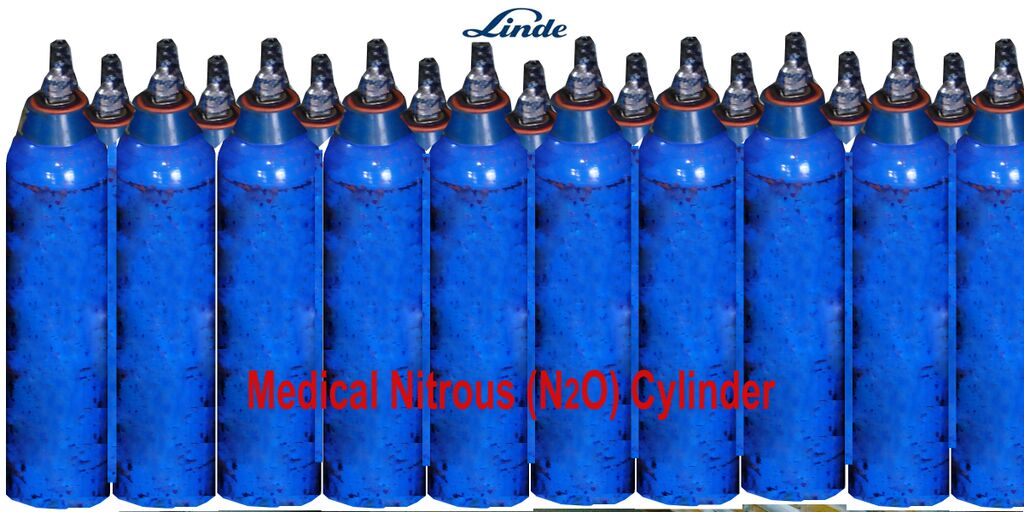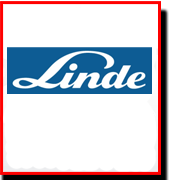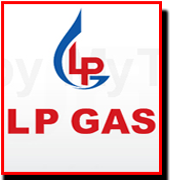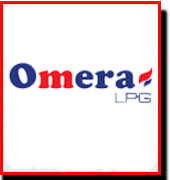Nitrous oxide, commonly known as laughing gas, withtheformulaN2O. It is an oxide of nitrogen. At room temperature, it is a colorless, non-flammable gas, with a slightly sweet odour and taste. It is used in surgery and dentistry for its anaesthetic and analgesic effects. It is known as "laughing gas" due to the euphoric effects of inhaling it, a property that has led to its recreational useas a dissociative anaesthetic. It is also used as anoxidizer in the launching of rockets and in motor racing to increase the power output of engines. At elevated temperatures, nitrous oxide is a powerful oxidizer similar to molecular oxygen. Nitrous oxide gives rise to NO (nitric oxide) on reaction with oxygen atoms, and this NO in turn reacts with ozone. As a result, it is the main naturally occurring regulator Of stratospheric ozone. It is also a major greenhouse Gas and air pollutant. It is on the World Health Organization's List of Essential Medicines, a list of the most important medications needed in a health system.
Applications
Nitrous oxide has been used for anaesthesia in dentistry since December 1844, Hospitals administer nitrous oxide as one of the anaesthetic drugs delivered by anaesthetic machines. Nitrous oxide is a weak general anaesthetic, and so is generally not used alone in general anaesthesia. In general anaesthesia it is used as a carrier gas in a 2:1 ratio with oxygen for more powerful general anaesthetic drugs such as sevoflurane or desflurane. It has aminimum alveolar concentration of 105% and a blood/gas partition coefficient of 0.46. The medical grade gas tanks, with the tradenameEntonox and Nitronox contain a mixture with 50%, but this will normally be diluted to a lower percentage upon the operational delivery to the patient. Inhalation of nitrous oxide is frequently used to relieve pain associated with childbirth, trauma, oral surgery, and acute coronary syndrome. Its use during labour has been shown to be a safe and effective aid for women wanting to give birth without an epidural. Its use for acute coronary syndrome is of unknown benefit.








